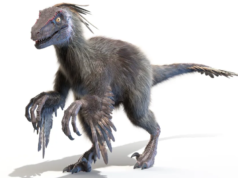
Ancient trees are living witnesses to history, standing as natural monuments that have seen centuries unfold. Some of these tree species have been around for thousands of years, contributing to ecosystems and shaping the land we know today. This article explores 10 ancient tree species that tell the story of America’s past. These trees have survived and thrived through changing climates, cultures, and landscapes, offering insight into our environmental and cultural heritage.
Bristlecone Pine (Pinus longaeva)
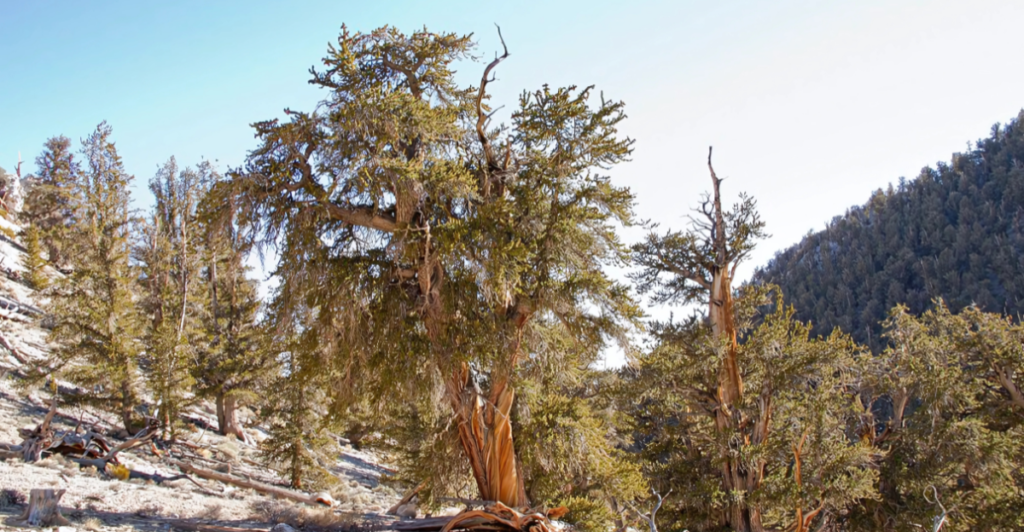
The Bristlecone Pine, often called the oldest tree species, grows in the White Mountains of California. Some individuals are over 5,000 years old. These trees thrive in harsh conditions, enduring high altitudes and dry soils. Their resilience has made them a symbol of longevity. The Bristlecone Pine’s twisted trunks and gnarled branches are natural records, telling the story of the Earth’s changing environment over millennia.
Giant Sequoia (Sequoiadendron giganteum)

Found primarily in California, the Giant Sequoia is renowned for its massive size and age, some reaching over 3,000 years old. These trees can grow up to 300 feet tall, making them some of the largest organisms on the planet. Sequoias have endured ice ages and forest fires and are well-adapted to survive. Their enormous trunks have witnessed civilizations’ rise and fall and the evolution of the American landscape.
Coastal Redwood (Sequoia sempervirens)
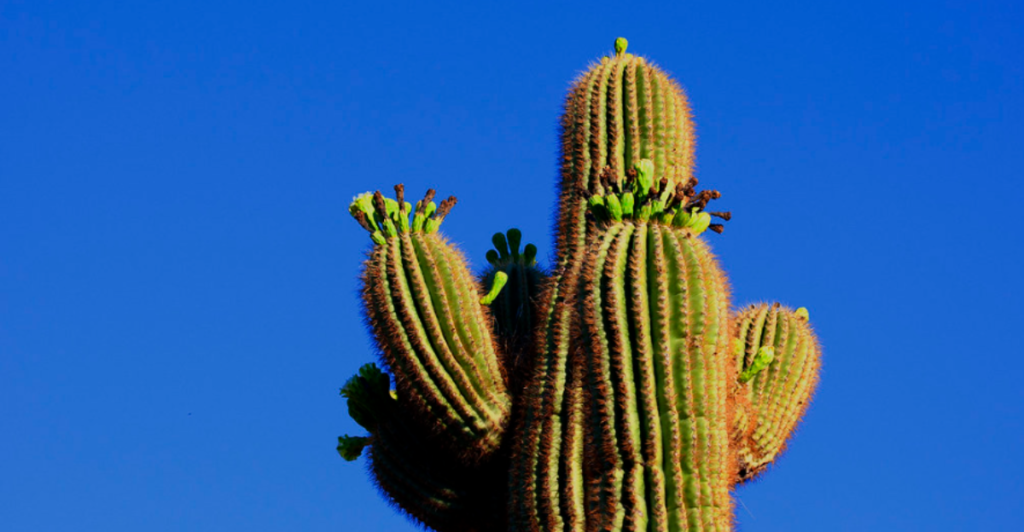
Coastal redwoods can reach over 350 feet, making them the tallest trees in the world. These trees have grown along the coast of California for more than 2,000 years. Redwood forests are crucial for carbon sequestration and vital to the Earth’s climate regulation. Their towering presence tells the story of the evolution of California’s coastal ecosystems while offering habitat for diverse wildlife, many of which have adapted specifically to these towering giants.
Saguaro Cactus (Carnegiea gigantea)
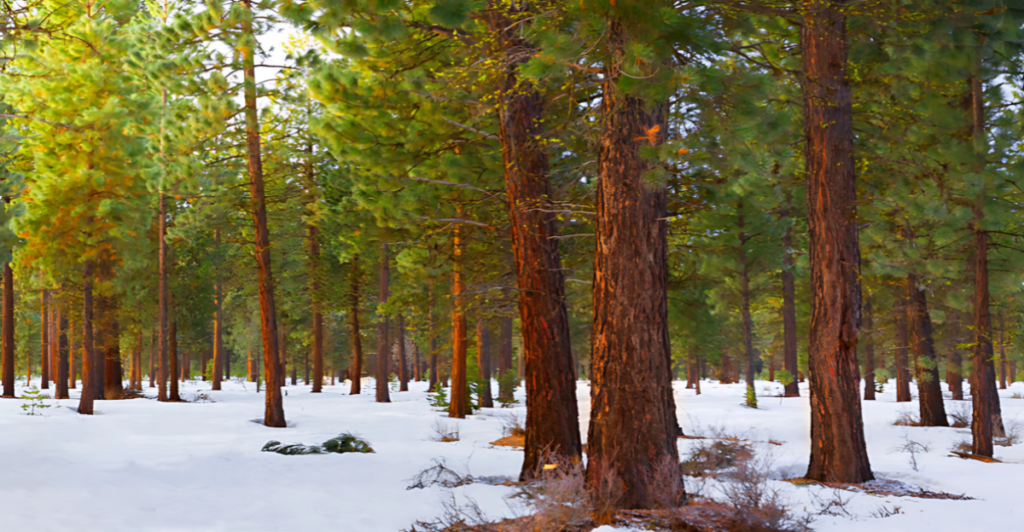
Though not a tree in the traditional sense, the Saguaro Cactus is an iconic symbol of the American Southwest. These cacti can live for over 150 years and grow as tall as 40 feet. The Saguaro is integral to the Sonoran Desert ecosystem, providing shelter and food for many animals. Its slow growth and longevity make it a relic of desert life, and its resilience has allowed it to thrive through centuries of environmental change in the region.
Ponderosa Pine (Pinus ponderosa)
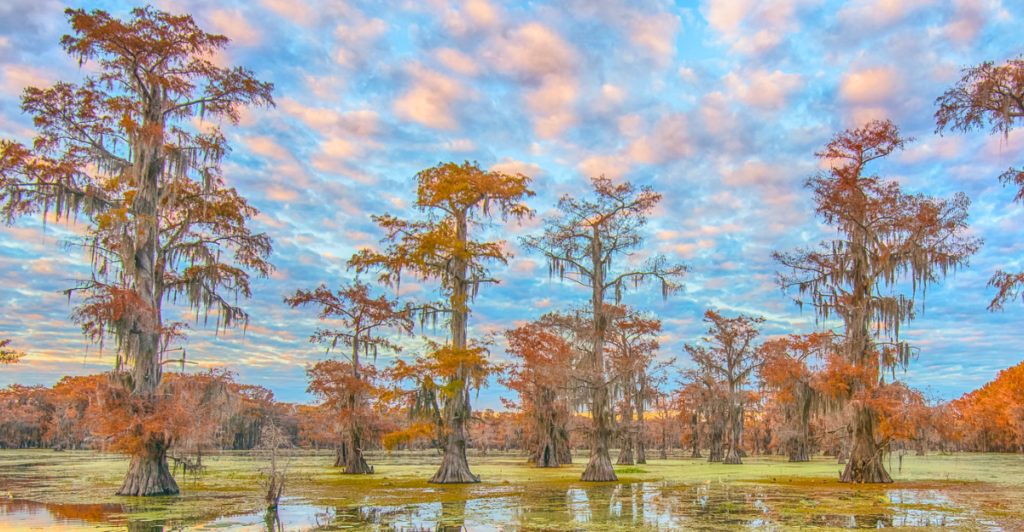
The Ponderosa Pine, prevalent in the western United States, has a distinctively thick bark and can live for over 600 years. It plays a key role in forest ecosystems, providing habitats for various species, including birds and mammals. This tree has seen vast changes in the American West, from Native American tribes’ use of its wood to the challenges brought on by logging and climate change. It remains a symbol of the resilience of America’s forests.
Bald Cypress (Taxodium distichum)
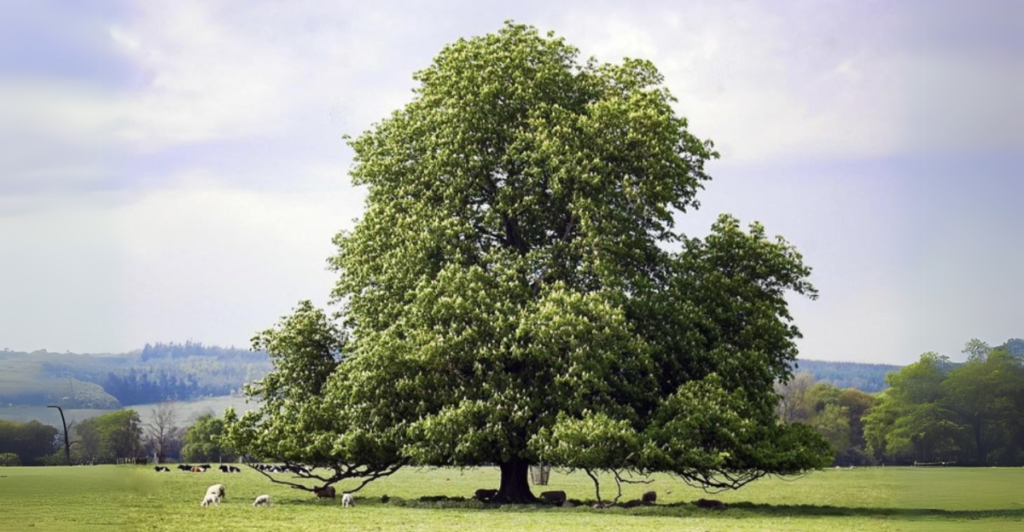
Found primarily in the southeastern United States, the Bald Cypress thrives in swampy and wetland areas. With lifespans exceeding 1,000 years, these trees have witnessed changes in the region’s water levels and ecosystems. Their characteristic “knees,” or above-ground roots, help stabilize the swampy soil. Bald Cypress trees are central to wetland habitats, offering protection to numerous species and telling the story of the South’s dynamic relationship between water, land, and life.
American Chestnut (Castanea dentata)
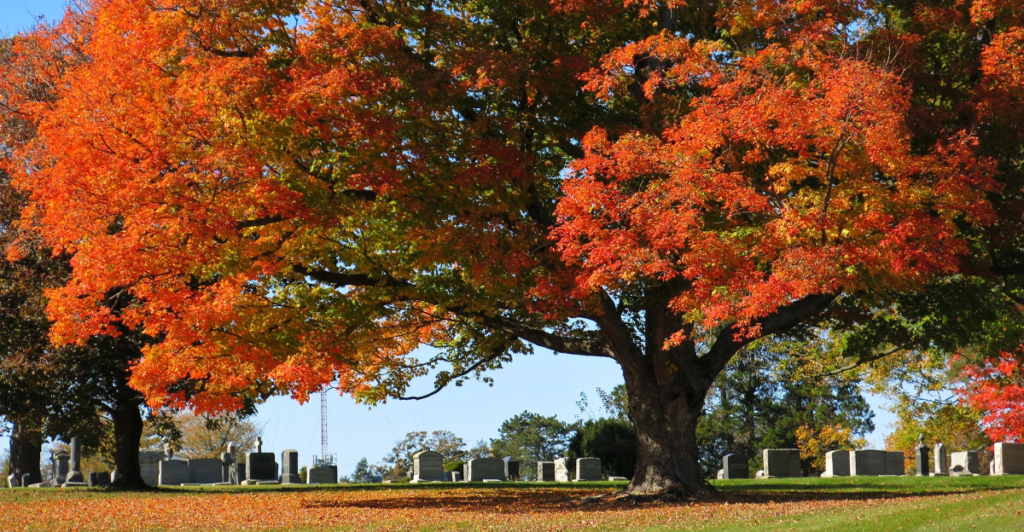
Once one of the most abundant trees in Eastern America, the American Chestnut could live for over 500 years. These trees played a significant role in Native American cultures, providing food and resources. Sadly, an introduced fungal disease nearly wiped out the species in the early 20th century. Today, efforts are underway to restore the American Chestnut, symbolizing resilience and the ongoing relationship between human intervention and nature’s recovery.
Sugar Maple (Acer saccharum)
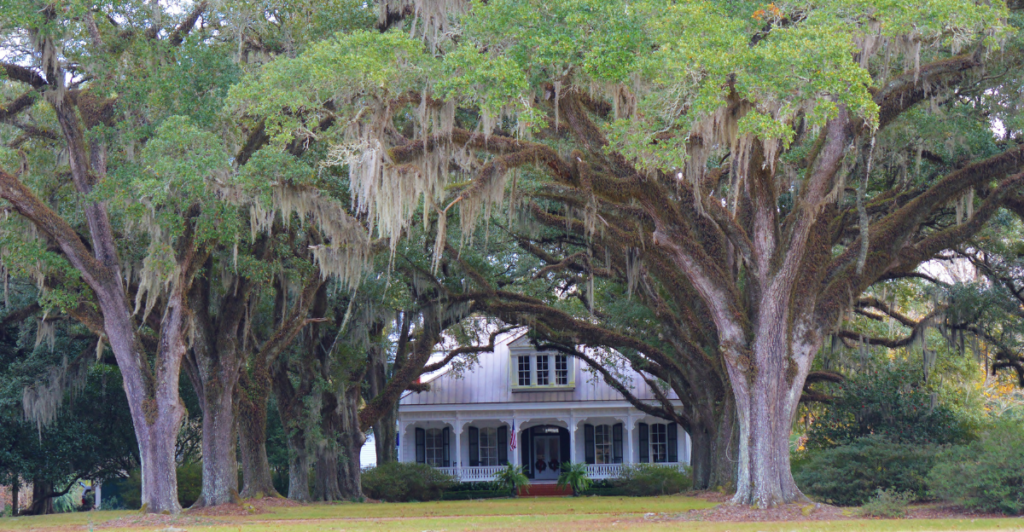
The Sugar Maple is famous for its vibrant fall colors and sap, which are used to produce maple syrup. Native to the northeastern United States, these trees can live for over 300 years. The Sugar Maple has been a part of America’s agricultural history for centuries, offering an essential resource for early settlers and continuing to influence the region’s economy today. It symbolizes the deep connection between people and the land they inhabit.
Live Oak (Quercus virginiana)
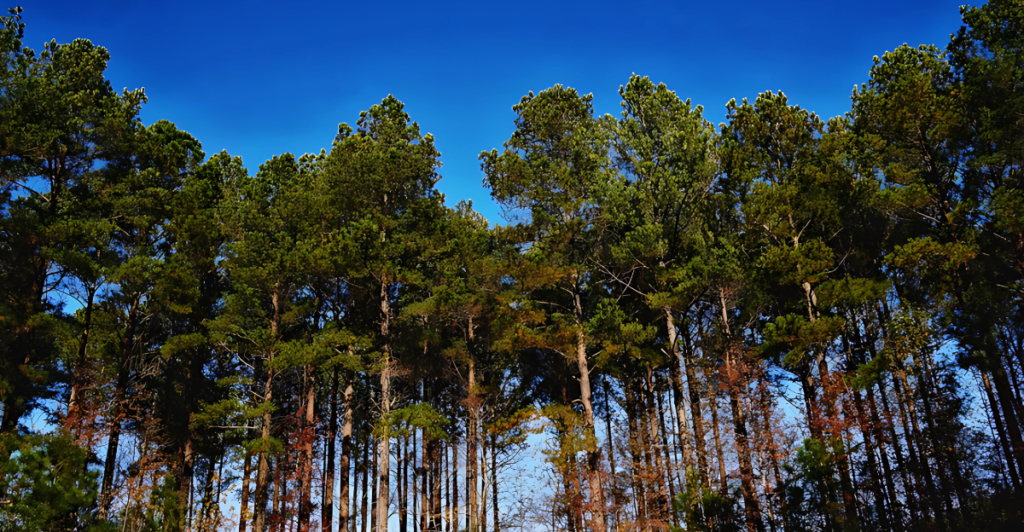
Found in the southeastern U.S., the Live Oak is known for its sprawling branches and resilience in coastal environments. These trees can live for over 500 years, and their shade has relieved generations of people and wildlife. Live oaks were integral to shipbuilding in the colonial era, and their strong wood was used for constructing vessels. They are symbols of strength and endurance in American history and have witnessed pivotal moments of the nation’s past.
Longleaf Pine (Pinus palustris)
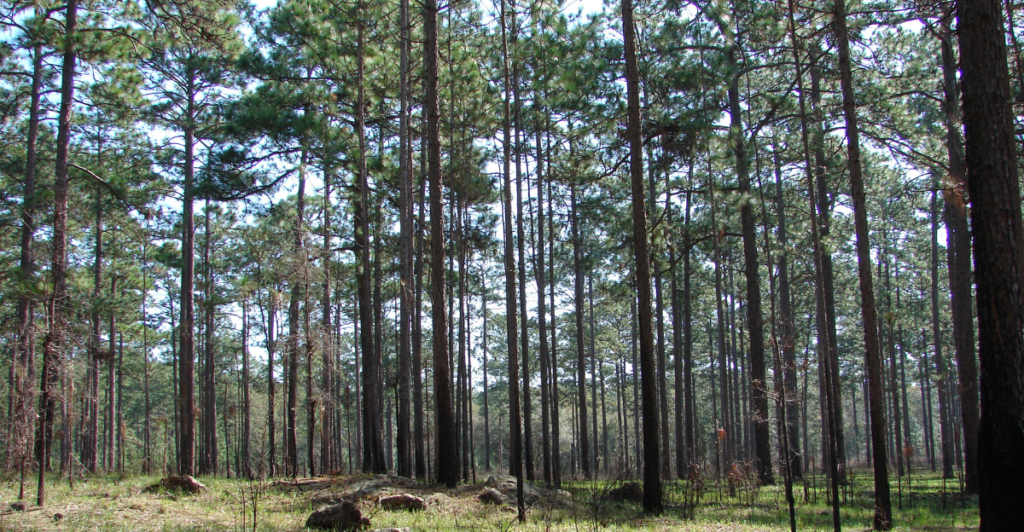
The Longleaf Pine is a species that once dominated the southeastern U.S. but has become rare due to deforestation. These trees have lived for centuries; their long needles and large cones are vital to the ecosystem. Longleaf Pine forests are home to numerous species, many of which rely on the tree for shelter and food. The Longleaf Pine’s history is one of loss and recovery, reflecting America’s environmental struggles and triumphs.
Red Maple (Acer rubrum)
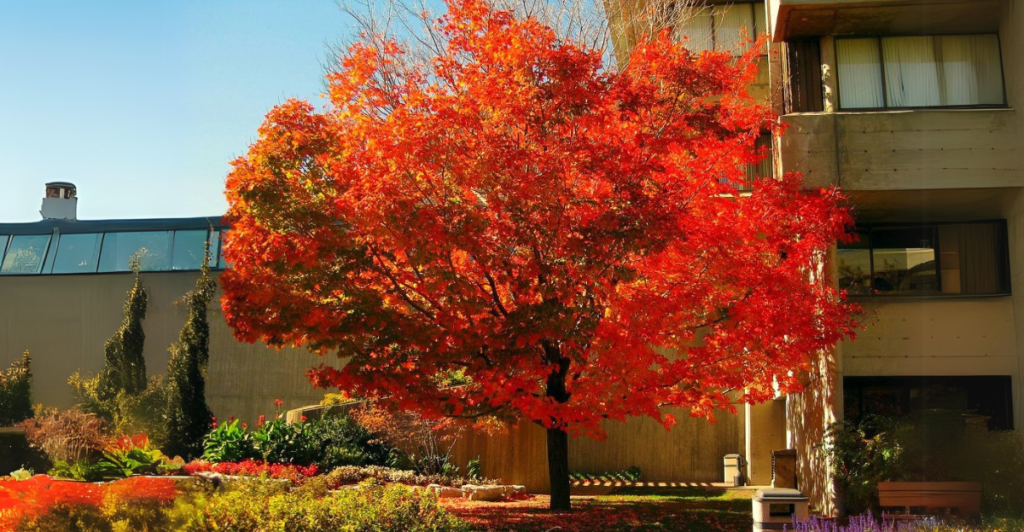
The Red Maple is widespread across North America and is known for its striking red leaves in the fall. These trees can live for up to 300 years and are adaptable to various environments. Due to its rapid growth and ability to thrive in diverse conditions, the red maple is often used in reforestation efforts. As one of the most common trees in America, it tells the story of adaptability and changing landscapes over time.
The Oak Tree (Quercus spp.)
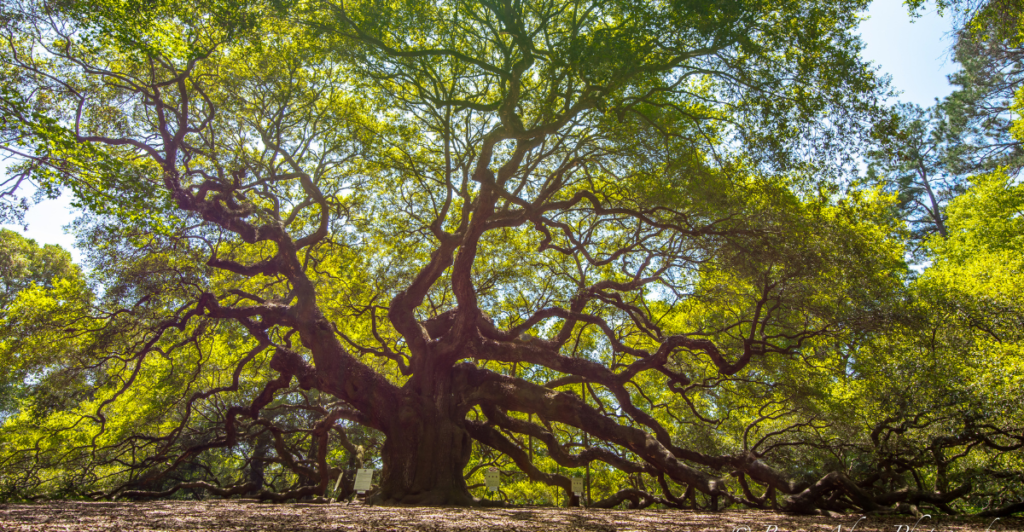
Oak trees have long been a symbol of strength and endurance in American culture. Many oak species, such as the White and Red Oak, can live for hundreds of years. Oaks have played pivotal roles in both natural ecosystems and human history. From providing shelter and food for wildlife to being used in building materials, oak trees stand as monumental witnesses to America’s ecological and cultural heritage, telling stories of resilience and change.
Stay connected with us for more stories like this! Follow us to get the latest updates or hit the Follow button at the top of this article, and let us know what you think by leaving your feedback below. We’d love to hear from you!



